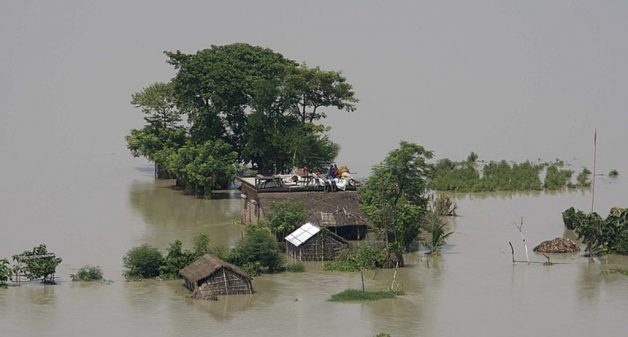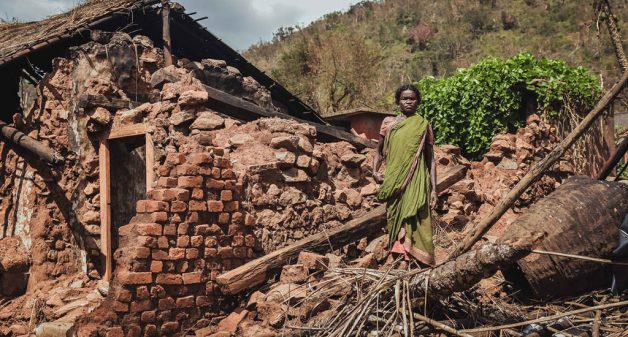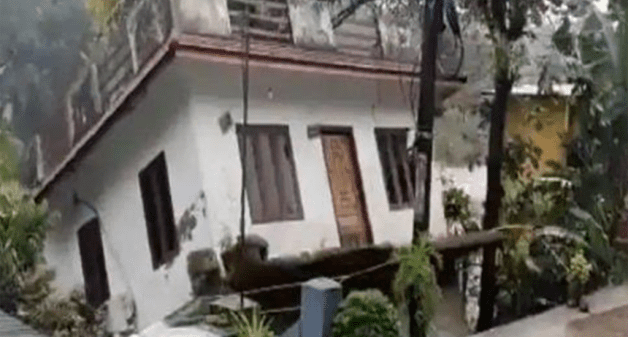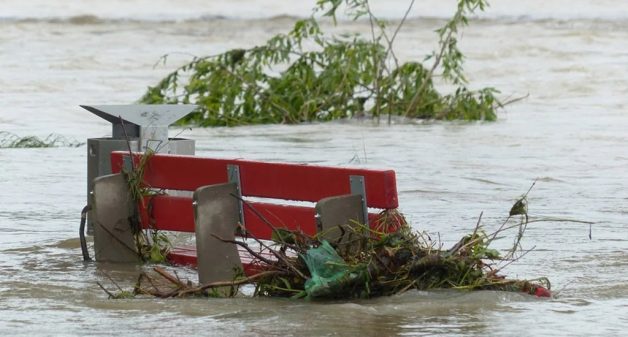
Home insurance ignored by market and government
Natural disasters cost India dearly. Home insurance could be the answer, yet uptake is abysmally low. Who is missing a trick – home owners, the insurance industry or the government?

Natural disasters cost India dearly. Home insurance could be the answer, yet uptake is abysmally low. Who is missing a trick – home owners, the insurance industry or the government?
Kerala and Uttarakhand are two very different states battling a common enemy: heavy rain and deadly landslides. As the death toll continues to rise, homes are also washed away in the gushing waters.
Extreme weather events are becoming all too frequent in India thanks to climate change. According to the National Disaster Management Authority, nearly 60% of India’s landmass is prone to earthquakes, over 10% is likely to suffer from floods and 76% of the coastline is likely to get hit by cyclones and tsunamis.
Civil unrest and riots have also been responsible for destroying homes and livelihoods. The mammoth effort and economic cost of rebuilding shattered homes and communities after such tragedies is steep – both for the families affected and the states in which they live.
So why are only a few people, never mind hardly any state governments, seeking home insurance cover? Attractively priced insurance coverage, tailored to meet the unique requirements of those living in rural areas, can save families from financial ruin following a calamity.
Yet, insurance rates remain abysmally low in India and virtually non-existent in rural areas. Barely 4% of India’s 1.3 billion people own a life insurance policy while less than 1% subscribe to other forms of cover, like health or home insurance.
The case of reluctant home-owners
Affordability is one of the biggest reasons why insurance take-up remains low in rural India, a large chunk of whom live below the poverty line. With limited resources, the rural poor prefer to spend on fulfilling basic needs rather than pay insurance premiums.

“Typically, in countries with low per capita incomes, insurance penetration is low. The government needs to focus on raising the GDP and overall prosperity levels, so that rural populations have more disposable income to purchase insurance products that provide a safeguard during natural disasters,” said Nilesh Sathe, a former member of Insurance Regulatory and Development Authority of India (IRDAI).
Even for those who can afford it, a general lack of interest, awareness, and access to information regarding the various insurance policies and processes is a lingering problem.
During recent years, while home loans from banks and other financial institutions in rural areas include an insurance cover, most people do not renew the insurance once the loan is paid.
“This behaviour is not unique to India. In some ways, disaster-relief packages from the government act as a substitute to insurance,” wrote Sanjiv Phansalkar, director of VikasAnvesh Foundation, in an editorial for Village Square.
Government handouts part of the problem
But this a major stumbling block for both supply and demand of home insurance. The government does not see any financial or political expediency in paying large premiums to insurance companies when they can use their funds for compensation packages that also placate their voter base.

“It’s a vicious cycle. Indians are used to external aid. The government too is happy to oblige since such events are an opportunity to showcase their magnanimity towards the electorate. This needs to stop for the insurance sector to grow in the rural markets,” said Sathe.
In May 2020 Nagaland became the first state to opt for disaster risk financing through insurance protection. The Nagaland State Disaster Management Authority (NSDMA) signed a Memorandum of Understanding with Swiss Re and Tata AIG General Insurance Company Limited for monsoon insurance protection. No other state has followed suit.
“In a developing country like India, where the poor are most vulnerable, the government needs to be involved and contribute. But it must understand why insurance is also beneficial for them. This must be a joint, long-term effort by the government and insurance companies,” asserts Aftab Alvi, the president of Sriram General Insurance Ltd.
Reluctant insurance sellers
With little enthusiasm from the public and the government, it is no wonder Indian insurance companies have a limited presence and distribution networks in rural India, choosing to focus on the burgeoning urban middle class consumer base instead.

Online resources are also in Hindi or English, creating language barriers. A general trust deficit also persists in the rural market, which thrive on interpersonal connection for such contractual exchanges, quite unlike the urban consumer.
Importantly, disasters which can damage homes tend to induce risks which are non-diversifiable. The home insurance product would appear profitable only if, for instance, for every 100 owners of insured houses who will need to be compensated when a disaster hits, there are say 1,000 homes whose owners will keep paying premium but will not need to be paid any claim. Thus, insuring homes in a town on the hills of Uttarakhand is not good business for a company if people living in Indore, which has no landslide threat, do not also buy their insurance.
Tailor-made solutions that cater to the specific needs of the rural masses require out-of-the-box thinking, which is currently absent in an industry which is typically risk-averse. Simple, low-cost insurance products might be the answer.
“So the question is: are we ostriches who ignore a danger by putting our heads in sand or just supplicants who will go with extended open palms to the maybaap sarkar if our homes are destroyed in a disaster?” asked Phansalkar.
Aafrin Kidwai is a freelance journalist.